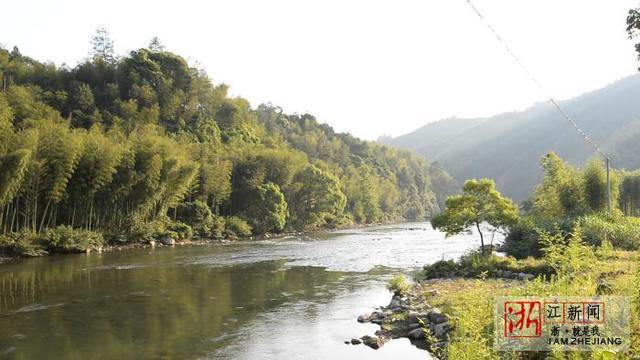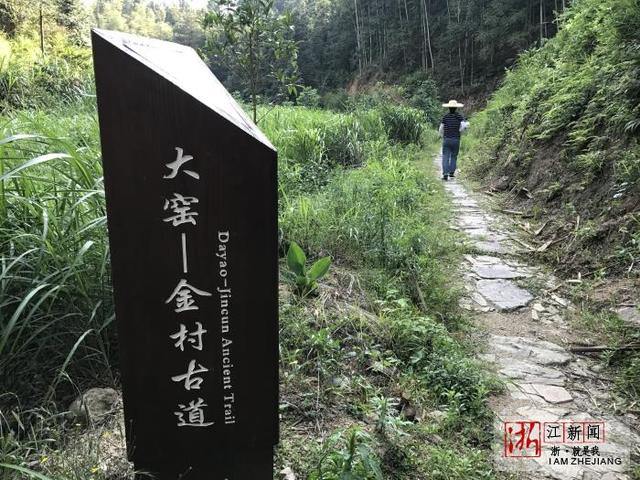
Located in the southeast border area of Longquan City (county-level), Jincun Village of Longquan in Lishui City is separated from Shangyang Village of Qingyuan County by a stream.
Nestling under the mountain and near the river and embracing beautiful sceneries, the village was the main ceramic hub in the Song Dynasty (960–1279) and the first wharf for exporting celadons. Encircled by mountains, the village extends along the north bank of Mei Stream of Ou River. The small villages in the surrounding still keep their traditional names, such as Pifengshan (cloak mountain), Zhuwoshan (pig home mountain), Huangshazhai (yellow sand stockade), Wuyaoshan (five-snipe mountain), etc. For over a thousand years, the villagers have lived along Ou River in prosperity.
Jincun Village is a place where the Maritime Silk Road set sail. By now, it still keeps 34 intact kiln sites inherited from the Five Dynasties to Yuan Dynasty. There are still ancient kiln site groups in Wuhoushan, Xidong and Dayaoben. These kiln areas spread in a long range and are hugged by mountains. Its products are decorated with celadon glaze carvings. The carving technique derived from the kilns in Jincun has been thriving for a thousand years, and it is still a main expression method in the modern Longquan celadon art.

There are two ancient bridges dating from the Song Dynasty, with stone arch flying across the stream and recording the vicissitudes in the past. An ancient road of over 3,000m built in the Southern Song Dynasty is also reserved, witnessing the porcelain transportation at that time.
Furthermore, a Song Dynasty water transport terminal crouched along the stream of Jincun keeps the mooring rope stone and stone dam wharf from the past. According to the archaeologists, it is a Song Dynasty porcelain transportation wharf and the only Song Dynasty water transport terminal left in Longquan.
As a water transport village at the southernmost point in the upstream of Ou River, Jincun Village has its buildings orderly distributed along the mountain. With adobe walls and grey tiles, these dwellings keep warm in the winter and bring cool in the summer. Ancient trees stand high and clear waters flow by, all in reminiscence of its ancestry.
(Executive Editor: Yongliu He)